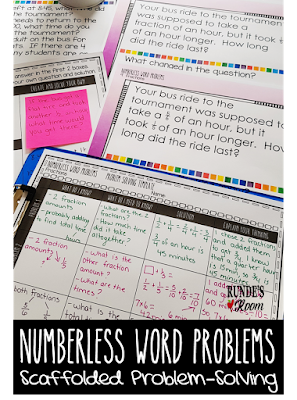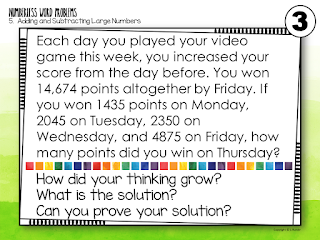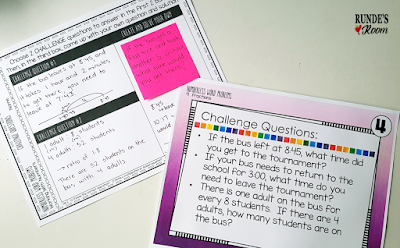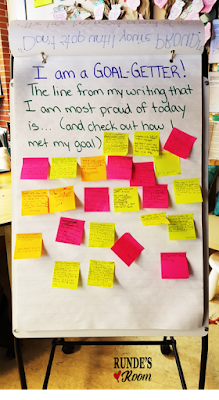The month of December always brings out the excitement in my students, and for me, one of the best ways to take advantage of that excitement and energy is to pull out the drama circles and let them perform! Drama circles aren't just for drama though, they are also perfect for engaging in morning meetings, oral reading activities, reading with fluency and expression, following instructions, listening, cooperative learning, and risk taking ... all bundled into a fun activity that always has my students asking to do the activity again. With December just around the corner, I have created two brand new Christmas Drama Circle activities - 'Twas The Night Before Christmas and Santa's Workshop - that will be so much fun in the upper elementary classroom!
0
Drama Circles are similar to the "I Have / Who Has" game. Each drama circle contains 40 cards that follow in a sequence, with each card having a different instruction to act out or say aloud. Students assemble in a circle to perform their scenarios. Cards are passed out randomly, and students can have more than one card (so all cards are used). As each student finishes acting out his or her card, the student with the next card in the sequence starts acting out his or her card. The game continues until the last card is acted out.
One of my new drama circles, 'Twas the Night Before Christmas, could also be used for a Christmas play or Christmas concert idea. The format of this drama activity is slightly different - cards alternate between a "narrator card" and an "audience card". The classic poem is read by the narrators, with the audience (students with audience cards) interrupting and interacting after every few lines. Narrators could be standing together, with a seated audience scattered around them.
My newest drama circles also contain black and white versions of the drama circle for an ink-saving option, as well as an assessment tracking page to observe and grade your students' performances.
You can take a peek at these Christmas activities individually, or check them out in a Christmas and Winter-themed Drama Circle bundle featuring 6 different drama circles perfect for the month of December and beyond. This bundle contains:
If you're new to drama circles and would like to give them a try for the first time, please give my FREE Fairy Tale Drama Circle a try. Download it HERE. Enjoy!
One of my new drama circles, 'Twas the Night Before Christmas, could also be used for a Christmas play or Christmas concert idea. The format of this drama activity is slightly different - cards alternate between a "narrator card" and an "audience card". The classic poem is read by the narrators, with the audience (students with audience cards) interrupting and interacting after every few lines. Narrators could be standing together, with a seated audience scattered around them.
My newest drama circles also contain black and white versions of the drama circle for an ink-saving option, as well as an assessment tracking page to observe and grade your students' performances.
You can take a peek at these Christmas activities individually, or check them out in a Christmas and Winter-themed Drama Circle bundle featuring 6 different drama circles perfect for the month of December and beyond. This bundle contains:
- Christmas Drama Circle
- Twas the Night Before Christmas Drama Circle
- Snow Day Drama Circle
- A Christmas Carol Drama Circle
- Santa's Workshop Drama Circle
- Winter Drama Circle
If you're new to drama circles and would like to give them a try for the first time, please give my FREE Fairy Tale Drama Circle a try. Download it HERE. Enjoy!
























































